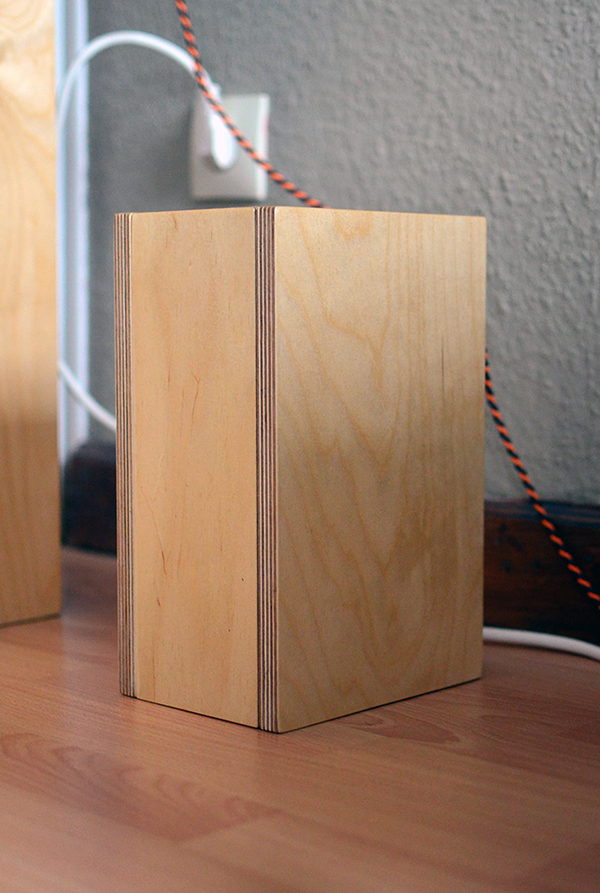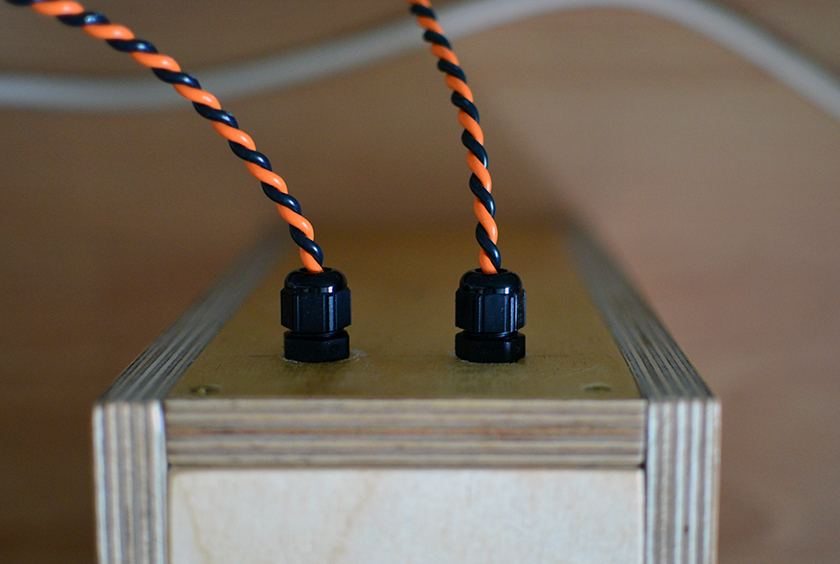For those who don’t know what notch filter is I’ll explain in short: the task of a notch filter is to reduce the strength of the audio signal in certain frequency range. Such a filter is usually used in a single driver (also known as broadband or full-range) speaker designs. Because it has only one driver it is often very hard or impossible for such a speaker to convey a flat response along the whole length of the frequency spectrum. Usually such a speakers emphasize certain frequencies that leads to tonal colourations.

For a single frequency range correction the average notch filter consists of group of 3 elements (resistor, inductor and capacitor) which role is to suppress this so called “notch” or pick in the amplitude of the signal. The idea is to flatten the frequency picks to avoid coloration. Such amplitude picks are degrading the reproduction of the original recording, because studio monitors with usually flat frequency response curve have been used by the audio engineers during the mastering process of a record.

By choosing elements with corresponding values one can design notch filter for particular frequency range and particular amplitude reduction that will affect the chosen range. The originally conceived by Günter Damde from Art of Sound notch filter for Fostex FE-108 Sigma full range speaker in BK108 enclosure consists of 0.22 mH inductor, 4.7 μF capacitor and 12 Ohm resistor connected in parallel. That is supposed to reduce the sound pressure level produced by the speakers at around 5 db in the frequency range starting from 2 kHZ to 8 kHz. Compared to the sound of directly coupled speakers, it was easy to discern that using notch filter brings more relaxed and natural presentation. After reading some interesting reports on tweaking Damde’s original solution I decided to experiment and put 0.47 mH inductor in place of 0.22 mH so that the starting point of the affected frequency range becomes 1.2 kHz instead of 2 kHz.

I have to say that for a few months I was quite satisfied with the results this tweak has brought. The stereo image had become a bit deeper, the musicians stepped few steps back and the vocals were no more so up front. But after I put proper speaker and interconnect cables the whole presentation have become too laid back. I would not say “too laid back for my taste” because “my taste” is irrelevant for me in the context of sound reproduction. What I really like to taste is the realistic presentation of the original record in the way it was conceived in the audio engineering room. The sense of realism and the feeling of palpability do not come with predefined tastes. My body knows when it sounds right and believable or at least I think it knows.

So I restored the notch filter to its original state with 0.22 mH inductor and what a change boy, I was gratified with the most realistic presentation I’ve ever had. Part of the restoration success was due to the newly constructed filter enclosure for which I used thicker material and better insulation so it has become also heavier. That confirmed my notion that the heavier the component the better it performs.
That’s it for now dear fellows, the conclusion was drawn — never fear of experimenting and tuning components in the chain, but it might be useful if from time to time one click the undo button and restore the component to its initial state.

